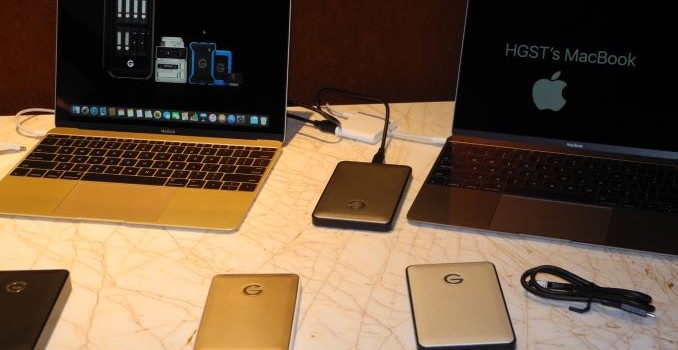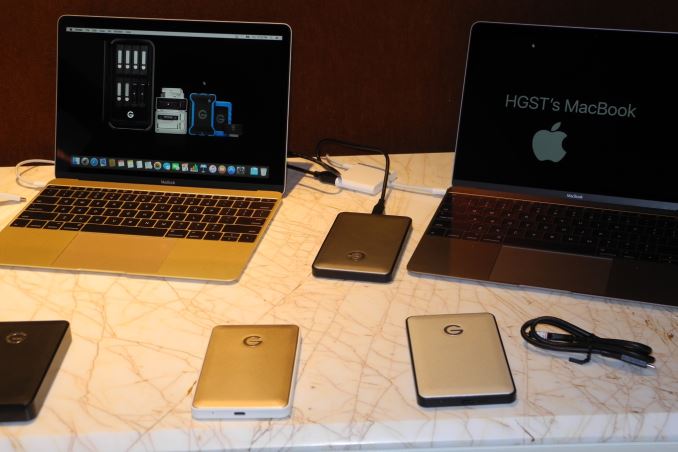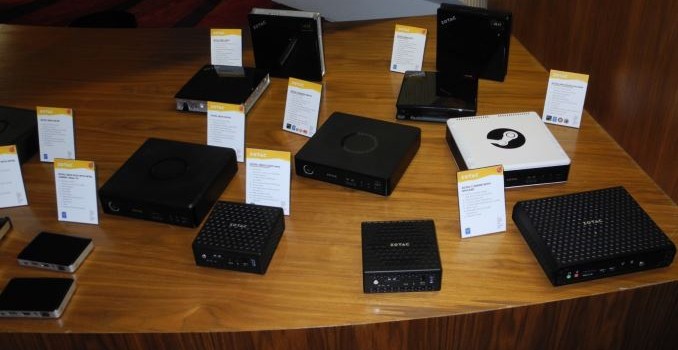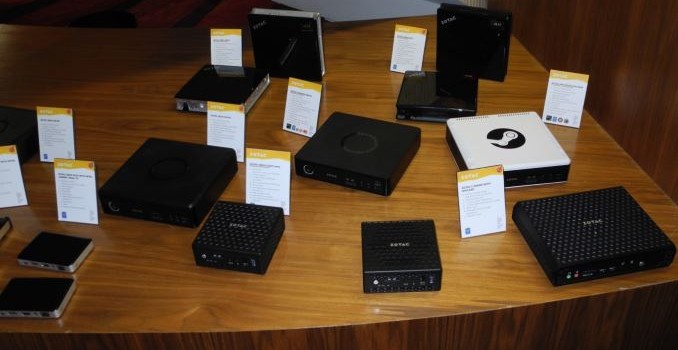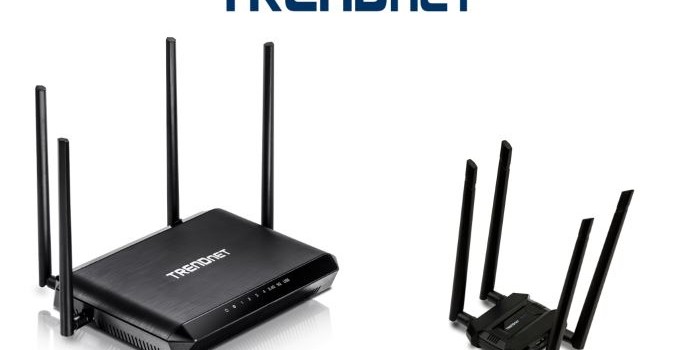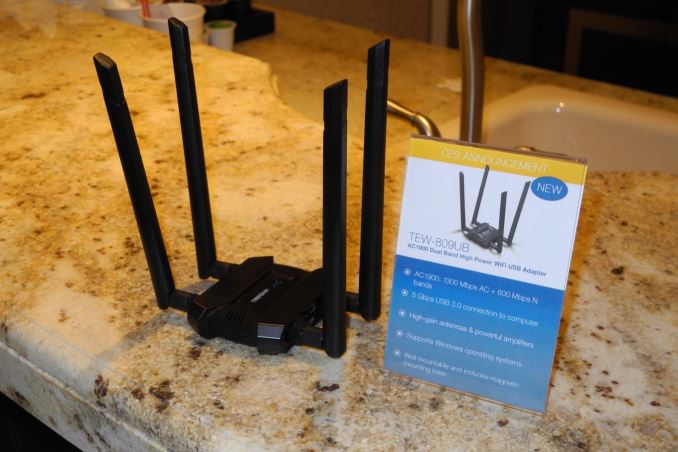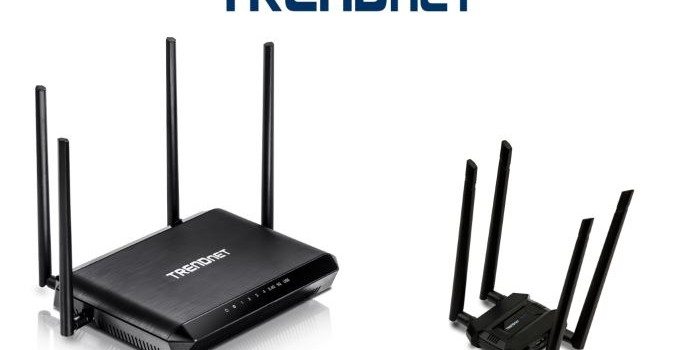G-Technology Demonstrates G-SPEED Shuttle XL Thunderbolt 2 DAS at CES
As part of every CES trip, I make it a point to visit G-Technology and see what they are introducing into the DAS (direct attached storage) market. This year, there were no major announcements except for the introduction of a Type-C interface for some of their external hard drives. These are still USB 3.0 drives, as there is not much to gain by moving to a USB 3.1 interface for hard drives. However, it must be noted that these 2.5″ drives are 7200 RPM ones providing that extra bit of performance compared to the 5400 RPM drives used by most vendors. G-Technology expects the 1TB version to have a MSRP of $130 when it launches in February.
Coming back to the more impressive part of my visit to the suite, G-Technology showed the various features of the G-SPEED Shuttle XL. This 8-bay hardware RAID solution comes with two Thunderbolt 2 ports. The platform itself is very similar to the G-SPEED Studio XL introduced by G-Technology at IBC 2015 in September. This product also has two ev Series Bay Adapters which enable support for the G-DRIVE ev modules. These modules can easily be swapped across different interface modules for use in rugged environments, or just for portability, or even with high-capacity arrays like the G-SPEED Studio / Shuttle XL.
The Shuttle XL can be oriented either vertically or horizontally. In the horizontal configuration, it can even be used as a stand for the notebook (to which it may connect). G-Technology also has an adapter for a RED MINI-MAG so that it can be read into the computer directly through the Shuttle XL. A RED MINI-MAG and a G-DRIVE ev SSD are shown connected to the Shuttle XL using the two ev Series Bay Adapters in the above picture. The Shuttle XL also has a custom-designed transportation case for portability across different work locations.
Claimed transfer rates are around 1350 MBps. The disks can be configured in RAID 0,1,5,6,10 and 50. The unit is sold with enterprise-class hard drives with pricing ranging from $3500 for 24TB to $8000 for 64TB. G-Technology provides a 3-year warranty for the product.
We saw LaCie launch a 8-bay Thunderbolt 2 1U rackmount unit, the 8big Rack Thunderbolt 2 a couple of years back. It is interesting to see G-Technology have a ‘portable’ take on the8-bay hardware RAID Thunderbolt 2 enclosure market. From an end-user perspective, it is great to have both choices and one can let the usage model dictate the suitable solution.

